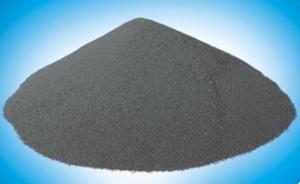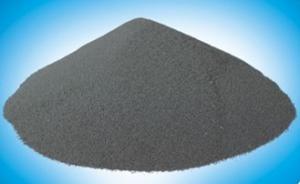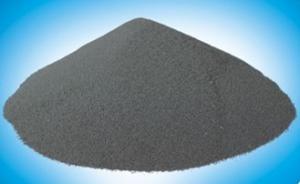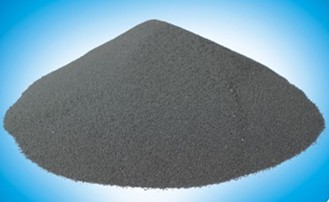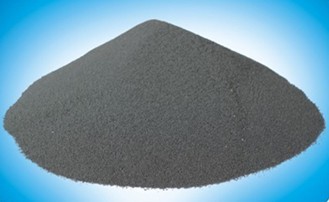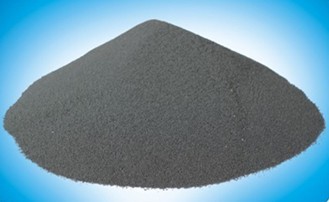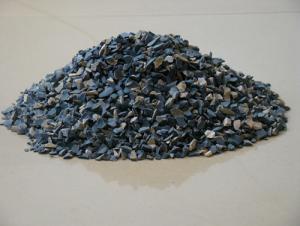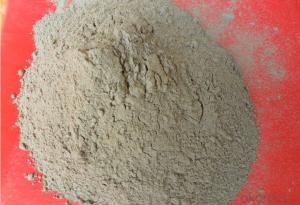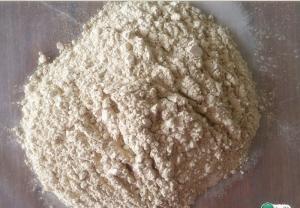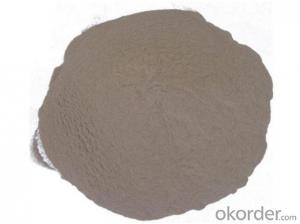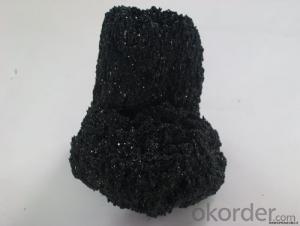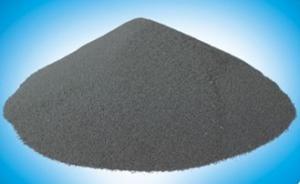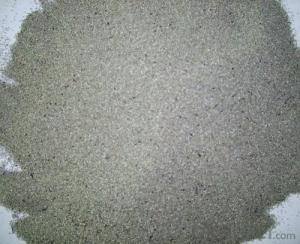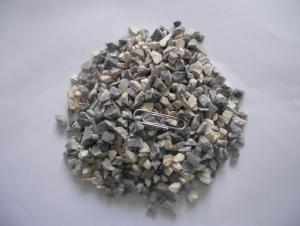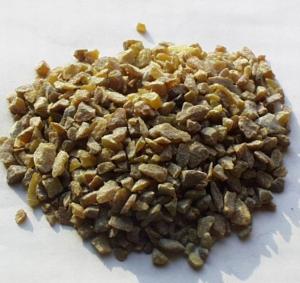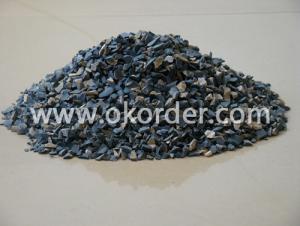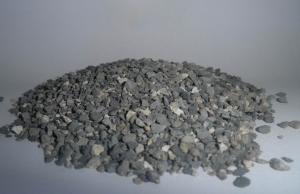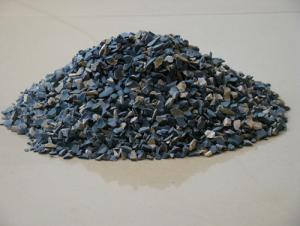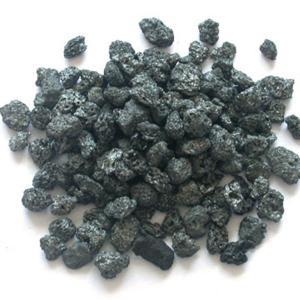Medium-Carbon Steel Slab Continuous Casting Special Slag for Raw Materials in Refractory Industry
- Loading Port:
- China Main Port
- Payment Terms:
- TT OR LC
- Min Order Qty:
- -
- Supply Capability:
- -
OKorder Service Pledge
OKorder Financial Service
You Might Also Like
Medium-carbon steel slab continuous casting special slag Applicable kinds: 0.08 to 0.35% of the carbon content of carbon steel, low alloy steel, etc
Product description
Medium-carbon steel is in BaoJing reaction ingredients area, casting billet is easy to appear longitudinal crack defects, by choosing appropriate control protective slag crystallizing temperature, and crystal chromatography rate and viscosity, get proper heat flux, ensure slab even slow cold, realize the continuous casting slab of good medium-carbon steel surface quality.
The product model: LF-BRK-Z
Applicable section: (150 ~ 250) mm... (800 ~ 1600) mm
Applicable drawing speed: 0.7 ~ 1.5 m/min
Main physical and chemical indexes are as follows:
water | <0.5% |
Particle size | 0.15~1mm>90% |
Cao/Sio2 | 0.95~ 1.35 |
Hemisphere point | 950~1150℃ |
1300 ℃ melting speed | 15~35S |
1300 ℃ viscosity | 0.08~0.25Pa.s |
容重 | 0.5~0.9g/c㎡ |

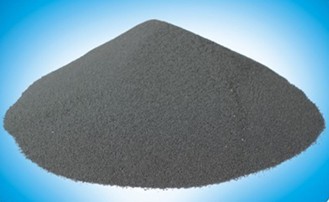
- Q: What are the materials of insulation firebricks?
- The raw materials of firebricks, firebricks have various raw materials, and the composition of which can be divided into six categories: soil, stone, sand, mineral, powder and others. One of the raw materials, soil: bauxite, kaoline, clay, diatomite Another raw material, stone: fluorite, kyanite, andalusite, forsterite, vermiculite, mullite, pyrophyllite, chlorite, dolomite, sillimanite, magnesia-alumina spinel, and silica Another raw material, sand: clay sand, zircon sand, quartz sand, and magnesite Another raw materials, mineral: chromium mineral Another raw material, powder: aluminum powder, micro-silica powder, and silicon powder Another raw materials, others: asphalt, graphite, phenolic resin, perlite, cenosphere, sialon, corundum, silicon sulfate, silicon carbide, sodium silicate, silica sol, boron carbide, calcium aluminate cement, nitride material, haydite, aluminum oxide, alumina sol and zirconia, etc.
- Q: What requirements should refractory materials meet?
- The operating temperature of forging furnace is above 1000, which can ensure the normal operation of the furnace, prolong the life of the furnace and save energy. General requirements for refractories are as follows. 1 They should deform at a sufficient temperature without melting. 2, They should have necessary structural strength without softening and deforming. The volume should be stable at high temperature without expansion, contraction or cracking. 4, They can resist erosion of molten metal, slag, gas and other chemicals.
- Q: Who knows what is the standard of insulation material whose fire proof is level A?
- Fire insulation materials of level A is non combustible building materials, and does not have any burning material. Level A1: single inorganic non combustible, no open flame. Level A2: A2 level: composite organic non combustible, that is, composite materials, non flammable, smoke volume should reach the standard.
- Q: How to solve the shell, the crack problem of refractory material in the process of forming.
- Pressure mode and number of pressure control "spallation". 2, multiple pressure, pressure degree and discharge way: 1, reduce friction, choose appropriate, than big pressure disposable pressure produced by the plastic deformation, allocate reasonable grading, internal and external friction, reduce billet particles and high die wall bright. 4.--- solve the light one firstly. --moisture content being too high easily cause spallation - the compressibility of water is small and have certain elasticity, appropriately to extend the pressuring time is beneficial. The material can produce large plastic deformation under the effect of continuous load. The right amount of lubricant. - body under the condition of less pressure but long effect time molding. Mould structure is reasonable and improve billet natural stacking density. 5.3, measures to improve the unburned brick molding quality. Many times continuously pressure relief is better than one-off sudden unloading, and controlling the appropriate moisture content;- - is beneficial to air overflow.
- Q: how to divided the external wall thermal insulation materials fire rating
- Level A: Incombustible building material is a material that does not occur any burning. Level A1: Noncombustible means no open fire. Level A2 It is noncombustible, and should measure smoke to be qualified. Level B1: Nonflammable building material: Non-flame material has good flame resistance. It is difficult to fire under the condition of open fire in the air or high temperature, and it is not easy to quickly spread, and when the combustion?source is removed, the combustion will stop immediately. Level B2: Combustible?building?materials: Flame material has a good flame resistance. In case of fire in the air or at high temperature, it will immediately burst into flames, and easily lead to the spread of fire, such as wooden column, timber roof truss, timber beam and wooden stairs. Level B3: inflammable building material has no any flame resisting effects, and is easy to burn, so the fire risk is high.
- Q: Can anyone tell me what is a high alumina refractory?
- High alumina refractories: High-alumina refractory products have high refractoriness, compressive strength and refractoriness under load, which are used for building the high-temperature parts of various large blast furnaces, such steelmaking furnace, airheater, electric furnace, rotary?kiln and other thermal equipment.
- Q: How many external wall thermal insulation fireproof material are there
- Inorganic active wall thermal insulation materials, cement foam thermal insulation board, glazed hollow bead insulation mortar, rock wool plate, glass wool plate etc., if used for external wall thermal insulation, rock wool board more frequently used.
- Q: How can the furnace be replaced after the gasifier or water wall is replaced with refractory material?
- If there is only a small local, bake according to the overall it is really troublesome, water wall repair point of direct drive estimation problem is not large, the water wall itself is used to slag slag slag principle, can also play the role of refractory materials.
- Q: Refractory inquiries
- Acid refractory materials are commonly used brick and clay brick. Silica is silica containing more than 93% silica products, raw materials used in silica, silica and other waste, the acid resistance of slag erosion ability, high load softening temperature, volume shrinkage after repeated burning, or even a slight expansion; but it is vulnerable to the erosion of basic slag, low thermal shock resistance. The brick is mainly used for thermal equipment of glass furnace, coke oven, acid furnace etc.. Clay brick with refractory clay as the main raw material, containing 30% to 46% of alumina, weak acid refractory material, heat shock resistance, resistance to acid slag, widely used
- Q: What are the grades of refractory exterior wall thermal insulation materials?
- Classification of fire rating of extrior thermal insulation materials 1, According to national standard GB8624-97, the combustion performance of building materials are divided into the following grades A level: Incombustible building materials: Materials hardly burn. B1 class: Flame-retardant building materials: Flame-retardant material has good flame resistance. In case of fire in the air or at high temperature, it is difficult to catch fire and the fire will not spread quickly. And when the combustion source is removed, the burning will stop immediately. B2 Class: Combustible building materials: Combustible materials have a certain flame retardancy. In case of fire in the air or at high temperature, it will immediately burst into flames and it is easily to spread fire, such as wooden column, wooden roof truss, wooden beams and wooden stairs, etc. B3 level: Inflammable building materials: It has no flame retardant effect, and it is extremely inflammable, and the risk of fire is high. Classification of exterior wall thermal insulation materials according to fire rating: 1. Thermal insulation materials with A-level combustion performance Rock wool, glass wool, foam glass, foamed ceramic, foam cement, hole-closed perlite, etc. 2, Thermal insulation materials with B1-level combustion performance: Extruded polystyrene board (XPS) after special treatment / polyurethane (PU) after special treatment, phenolic aldehyde, gelatine powder polystyrene granule, and etc. 3. Thermal insulation materials with B2-level combustion performance: Molded polystyrene board (EPS), extruded polystyrene board (XPS), polyurethane (PU), polyethylene (PE), etc.
Send your message to us
Medium-Carbon Steel Slab Continuous Casting Special Slag for Raw Materials in Refractory Industry
- Loading Port:
- China Main Port
- Payment Terms:
- TT OR LC
- Min Order Qty:
- -
- Supply Capability:
- -
OKorder Service Pledge
OKorder Financial Service
Similar products
Hot products
Hot Searches
Related keywords
